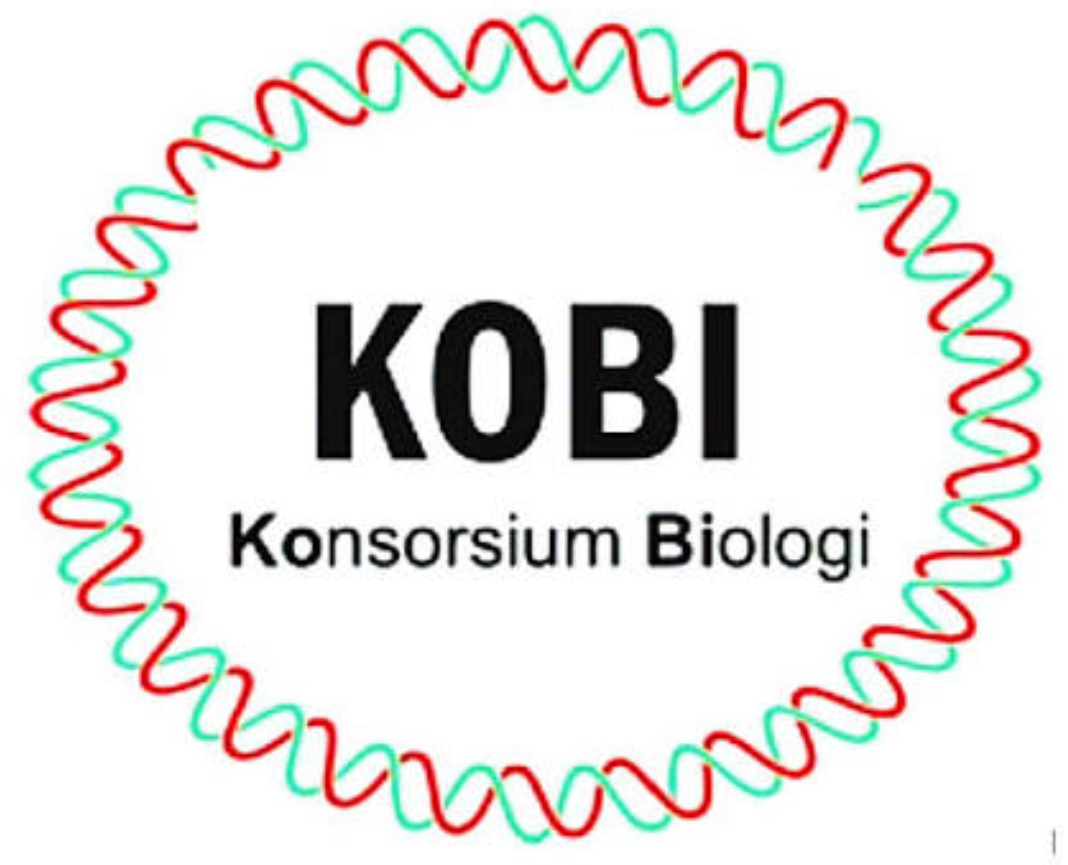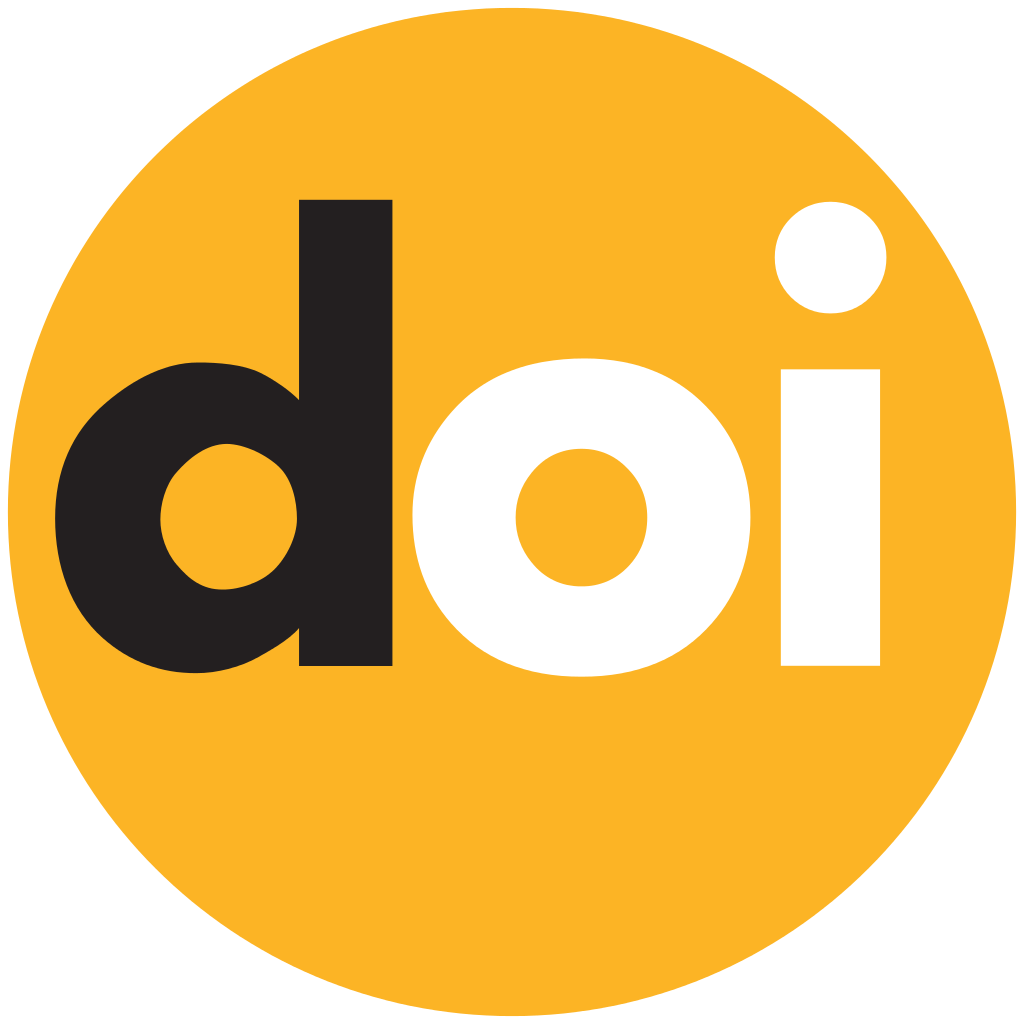Title:
Developing Interactive Media Based On Flash For Competency Student (cognitive domain) in Bloodstream System
Author:
Abstract
Keywords
Full Text:
PDFReferences
Alias, N., DeWitt, D., & Siraj, S. (2013). Design and Development of Webquest for Physics Module by Employing Isman Instructional Design Model. Procedia - Social and Behavioral Sciences, 103: 273–280. https://doi.org/10.1016/j.sbspro.2013.10.335
Arikunto, S. (2012). Dasar-Dasar Evaluasi Pendidikan. Jakarta: Bumi Aksara.
Badan Standar Nasional Pendidikan. (2014). Instrumen Penilaian Buku Teks Pelajaran. Jakarta: BSNP. Retrieved from http://bsnp-indonesia.org/2014/05/28/instrumen- penilaian-buku-teks-pelajaran-tahun-2014/
Blaschke, L. M. (2014). Using Social Media to Engage and Develop The Online Learner in Self-Determined Learning. Research in Learning Technology, 22(1): 1–23.
Borg, W. R., & Gall, M. D. (2003). Educational Research An Introduction. San Fransisco: Pearson Education.
Cheung, A. C. K., & Slavin, R. E. (2013). The effectiveness of educational technology
applications for enhancing mathematics achievement in K-12 classrooms: A meta- analysis. Educational Research Review, 9: 88–113. https://doi.org/10.1016/j.edurev.2013.01. 01
Christ, T., Arya, P., & Chiu, M. M. (2017). Video use in teacher education: An international survey of practices. Teaching and Teacher Education, 63: 22–35.
Coley, J. D., & Tanner, K. (2015). Relations between intuitive biological thinking and biological misconceptions in biology majors and nonmajors. CBE Life Sciences Education, 14(1): 1–19. https://doi.org/10.1187/cbe.14-06-0094
David, A. A. (2017). A Student-Centered Framework for Teaching Undergraduate Parasitology. Trends Parasitology, 33(6): 420–423. https://doi.org/10.1016/j.pt.2017.01.010
Dehkordi, A. G. (2011). The effect of instructional-aid films on
learning of table tennis techniques. Procedia - Social and Behavioral Sciences, 15: 1656–1660.
Dick, W., Lou, C., & Carey, J. O. (2015). The Systematic Design Of Instruction. New York: Pearson Education.
Djanette, B., & Fouad, C. (2014). Determination of University Students’ Misconceptions about Light Using Concept Maps. Procedia - Social and Behavioral Sciences, 152: 582–589. https://doi.org/10.1016/j.sbspro.2014.09.247
Erlyana, Y., & Bonjoni, M. (2014). Perancangan Film Pendek Tanya Sama Dengan. Jurnal RupaRupa, 3(2): 129–138.
Evans, C. (2014). Twitter for teaching: Can social media be used to enhance the process of learning? British Journal of Educational Technology, 45(5): 902–915.
Golitsyna, I. (2017). Educational Process in Electronic Information-educational Environment. Procedia - Social and Behavioral Sciences, 237: 939–944.
Hamouda, A. M. S., & Tarlochan, F. (2015). Engaging Engineering Students in Active Learning and Critical Thinking through Class Debates. Procedia - Social and Behavioral Sciences,
Hidayati, N., & Wuryandari, A. I. (2012). Media Design for Learning Indonesian in Junior High School Level. Procedia - Social and Behavioral Sciences, 67: 490–499.
Kurniasih, F., & Ngadirin, S. (2013). Pengembangan Media Film Dokumenter Sebagai Pendukung Pembelajaran Akuntansi Pokok Bahasan Siklus Akuntansi Perusahaan Dagang Bagi Siswa SMK Kelas X Akuntansi. Kajian Pendidikan Akuntansi Indonesia, 2(1): 21–36.
Kustandi, C., & Sutjipto, B. (2016). Media Pembelajaran Manual dan Digital. Bogor: Ghalia Indonesia.
Mao, J. (2014). Social media for learning: A mixed methods study on high school students’ technology affordances and perspectives. Computers in Human Behavior, 33(1): 213– 223. https://doi.org/10.1016/j.chb.2014.01.002
Martindar, F. B., & Hartati, S. C. Y. (2014). Pengaruh Model Pembelajaran Kooperatif Tipe Team Games Tournament ( TGT ) Terhadap Hasil Belajar Renang Gaya Bebas. Jurnal Pendidikan Olahraga Dan Kesehatan, 2(1): 164–170.
Merry, S., Skingsley, D., Mitchell, P., & Orsmond, P. (2015). Biology students’ perceptions of learning from video exemplars of practical techniques: some lessons for teaching strategies. Innovative Practice in Higher Education, 2(2): 1–14.
Nugraini, S. H., Choo, K. A., Hin, H. S., & Hoon, T. S. (2013). Impact of e-AV biology website for learning about renewable energy. Turkish Online Journal of Educational Technology, 12(2): 376–386. https://doi.org/10.1016/j.sbspro.2013.10.408
Nursalam, & Efendi, F. (2008). Pendidikan dalam Keperawatan. Jakarta: Salemba Medika.
Palonnikau, A., Karol, D., Kalachikova, O., Volkova, Z., & Solonenko, A. (2015). Educational Research in Changing University. Procedia - Social and Behavioral Sciences, 214: 684–692. https://doi.org/10.1016/j.sbspro.2015.11.675
Perovic, S. (2014). Collaborative Research and Urban Educational Discourse in Contemporary Higher Education. Procedia - Social and Behavioral Sciences, 116: 4559–4563.
Priyambodo, E., Wiyarsi, A., & Sari, L. P. (2012). Pengaruh Media Pembelajaran Interaktif Berbasis Web Terhadap Motivasi Belajar Mahasiswa. Jurnal Kependidikan, 42(2): 99–109.
Rahayu, B. (2016). Analisis deskriptif miskonsepsi siswa sma pada materi sistem saraf
manusia menggunakan teknik certainty response index. In Seminar Nasional Pendidikan dan Saintek (Vol. 2016, pp. 929–935). Surakarta: Publikasi UMS.
Rahmani, F., & Nasri, N. (2013). The Effects of Instruction Type on Vocabulary Learning: A Psycholinguistics Study. Procedia - Social and Behavioral Sciences, 70: 787–794.
Ramdhani, M. A., & Muhammadiyah, H. (2015). The Criteria of Learning Media Selection for Character Education in Higher Education. International Conference of Islamic Educatios in Shoutheast Asia, (March), 1–9.
Said, A., & Syarif, E. (2016). The Development of Online Tutorial Program Design Using Problem-Based Learning in Open Distance Learning System. Journal of Education and Practice, 7(18): 222–229.
Sharif, A., & Cho, S. (2015). 21st-Century Instructional Designers: Bridging the Perceptual Gaps between Identity, Practice, Impact and Professional Development. RUSC. Universities and Knowledge Society Journal, 12(3): 72–85. https://doi.org/10.7238/rusc.v12i3.2176
Sherwood, L. (2014). Human Physiology from Cells to System. Boston: Cengage Learning.
Siregar, E., & Nara, H. (2011). Teori Belajar dan Pembelajaran. Bogor: Ghalia Indonesia. Suprihatiningsih. (2016). Perspektif Manajemen Pembelajaran Program Keterampilan. Yogyakarta: Deepublish.
Tegeh, I. M., & Kirna, I. M. (2013). Pengembangan Bahan Ajar Metode Penelitian Pendidikan dengan Addie Model. Jurnal Ika, 1, 12–26.
Unin, N., & Bearing, P. (2016). Brainstorming as a Way to Approach Student-centered Learning in the ESL Classroom. Procedia - Social and Behavioral Sciences, 224: 605–612. https://doi.org/10.1016/j.sbspro.2016.05.450
Uzun, N. (2012). A Sample of Active Learning Application in Science Education: The Thema “Cell” with Educational Games. Procedia - Social and Behavioral Sciences, 46: 2932–2936. https://doi.org/10.1016/j.sbspro.2012.05.592
Yousefi, S. (2014). Comparison of Traditional and Video Mediated Learning of English: Tracking a New Approach. Procedia - Social and Behavioral Sciences, 98: 1940– 1944. https://doi.org/10.1016/j.sbspro.2014.03.626
DOI: https://doi.org/10.31002/ijobe.v3i2.3525
Article Metrics
Abstract view : 0 timesPDF - 0 times
Cited By
Refbacks
- There are currently no refbacks.
Copyright (c) 2021 Indonesian Journal of Biology Education

This work is licensed under a Creative Commons Attribution-NonCommercial-ShareAlike 4.0 International License.

This work is licensed under a Creative Commons Attribution-NonCommercial-ShareAlike 4.0 International License.
indexed by :
Jalan Kapten Suparman 39 Magelang, Jawa Tengah, Indonesia 56116
Phone (0293) 364113 Fax (0293) 362438
Website: http://jurnal.untidar.ac.id/index.php/ijobe









 Abstract views : 0
|
Abstract views : 0
| PDF views : 0
PDF views : 0

